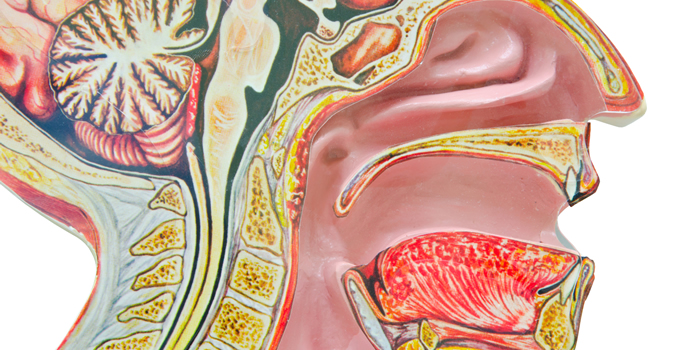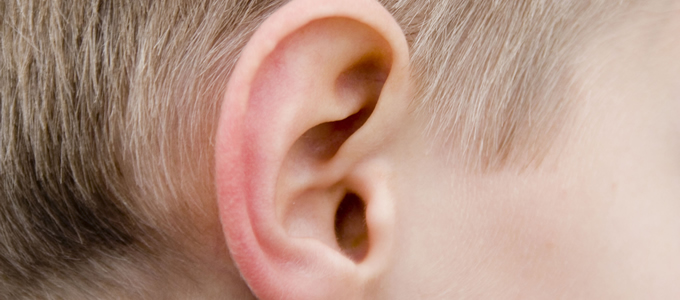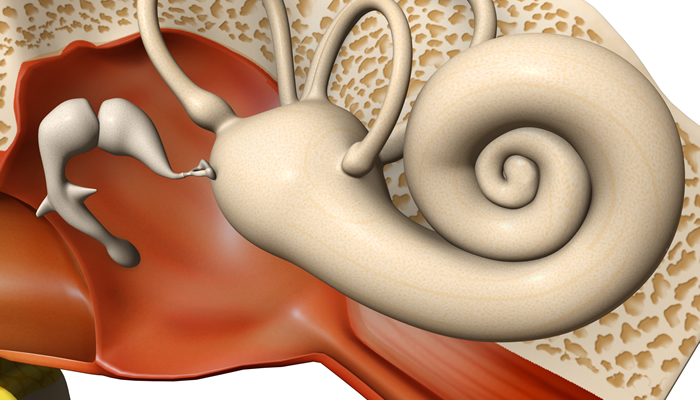
Common Nose Injuries
Capable of smelling over 10,000 scents, the human nose is fairly durable in design, but still susceptible to injury. Made up of thin pieces of bone and flexible cartilage, the nose can be affected by everything from a serious...
Facial Pain and Headaches
Headaches and facial pain sometimes occur at the same time, although there are many possible reasons for this. In some instances, sinus problems may be contributing to the facial pain that's sometimes associated with headaches. Other...
Nasal Anatomy
Divided into two parts by a vertical partition known as the nasal septum, the nose is the organ of smell. In addition to bringing humidified air to the lungs, the nose also acts as a filter by keeping out contaminants...
Nasal Cancer
Nasopharyngeal cancer, also known as nasopharyngeal carcinoma, is rare and affects only one in 100,000 people in the United States. This form of cancer occurs in the area behind the nose and above the back of the throat...
Seasonal Allergies
In the spring and summer, pollen, grasses, and weeds can be potential sources of sneezing and watery eyes. In the fall and winter, triggers may include ragweed, mold, and dust mites. Whatever it is that makes seasonal...
Two Types of Hearing Tests for Babies
All newborn babies should have their hearing tested prior to leaving the hospital. While parents probably have a lot on their minds during these first few days, it is vital that this time frame be followed. This is...
Uses for an Adenoidectomy
The occasional sore throat not uncommon. However, when you suffer from chronic ear infections and have difficulties breathing through the nose or significant sleep apnea from an enlarged adenoid, you may...
Cleft Lip & Palate
In the United States, an average of 20 infants are born each day with cleft lip and palate. Most of these cases are caused by an interaction between environmental factors and genetics. An individual may be genetically susceptible...
Hearing Tests in Newborns
Most babies have normal hearing, although a small percentage of newborns have some degree of hearing loss after birth. Since newborns aren't able to verbalize, such tests are important to detect possible hearing issues at a time when...
External Benign Ear Tumors
Tumors located on the outside the ear can be either malignant (cancerous) or benign (non-cancerous). The ones that are benign may still require attention, especially if the tumor is in a location where it may have an impact on hearing...
Choosing Hearing Aids
Hearing aids, in one form or another, have been around since the late 1800s. These portable devices have evolved considerably over time. So much so, in fact, that hearing aids can now benefit about 90 percent of all individuals...
Surgery for Zenker’s Diverticulum
Hay fever, also known as allergic rhinitis, is a condition in which the nasal passages become inflamed in response to exposure to inhaled allergens. The most common triggers for allergic rhinitis include grass, pollen, trees, dust mites...
Hay Fever Symptoms and Treatments
Hay fever, also known as allergic rhinitis, is a condition in which the nasal passages become inflamed in response to exposure to inhaled allergens. The most common triggers for allergic rhinitis include grass, pollen, trees, dust mites...
Hearing Problems in Children
Some children will outgrow minor hearing problems like recurring infections before they enter school. Even so, hearing problems in children should be evaluated to determine the source and extent of the issue...
Tympanic Membrane (Ear Drum) Perforations
A tympanic membrane perforation is also referred to as a ruptured eardrum. The eardrum is a very thin piece of tissue that separates the outer ear from the middle ear. When you have a perforation of the eardrum, it is important to visit an ear...
An Overview of Otosclerosis
Otosclerosis is characterized by abnormal bone growth in the inner ear. The condition causes the stirrup-shaped hearing bone called the stapes to stiffen and become immobile, which can lead to hearing loss....
Is Deafness Inherited?
Deafness can be an inherited condition that is present when a baby is born. Inherited deafness can also develop over time during childhood or adulthood. According to the American Hearing Research Foundation, about 1 out of every 1,000 to 2,000 births involves...
Causes and Treatments: Cholesteatomas
Often contributing to middle-ear infections, a cholesteatoma is a non-cancerous skin growth that can develop behind the eardrum in the middle ear and behind the ear canal in the mastoid bone. Usually starting as a small cyst, the growth may become larger over time. ...
Surgery for Chronic Ear Infections
Chronic middle ear infections that don't go away after three months or more, or become worse and impact quality of life, may require surgery. While there are many possible causes of an ear infection, it is usually bacteria that have become set in the bone. ...
Cochlear Implants
Cochlear implants can help restore a sense of sound to individuals with sensorineural hearing loss. This type of hearing loss most often occurs when the tiny hairs in the cochlea are damaged so that they are unable to transmit sound vibrations to the auditory nerve... ...
Treatments & Prognosis for Acoustic Neuromas
Acoustic neuromas are non-cancerous tumors that develop on the vestibulocochlear nerve connecting the brain and the inner ear. This nerve is responsible for balance and hearing. Acoustic neuromas are rare and may grow slowly or not at all. The neuroma is the result of ...
Causes and Treatments of Dizziness and Vertigo
A chronic ear infection is any ear infection that does not heal or that keeps reoccurring. These infections, also referred to as reoccurring acute otitis media, can affect anyonebut are most common among children. Ear infections are not only painful, but can also lead to a buildup of ...
An Overview of Balance Problems
If you have been suffering from dizziness, queasiness, or an inability to stand for more than a few moments at a time, you may be suffering from the onset of serious balance problems. If you have experienced the sensation of spinning or falling even while sitting or lying down, this can ...
Reoccurring Ear Infections
A chronic ear infection is any ear infection that does not heal or that keeps reoccurring. These infections, also referred to as reoccurring acute otitis media, can affect anyonebut are most common among children. Ear infections are not only painful, but can also lead to a buildup of ...
Chronic Nosebleeds in Children
Nosebleeds can be very frightening for both children and parents. However, even though they are scary, nosebleeds are normal in children. If nosebleeds happen regularly, you will want to ask your childs doctor about it in order to determine the cause and how to prevent them from happening so ...
Head and Neck Cancers: An Overview
Head and neck cancer is a category that includes oral cancer, throat cancer, cancers of the paranasal sinuses and nasal cavity, and cancers of the salivary glands. These types of cancer typically begin in the squamous cells that line the mucus membranes of the head and neck. Head and neck ...
Snoring Solutions For More Restful Sleep
Snoring is a condition that is all too prevalent in today's society. It's one that can affect almost anyone, no matter what their age may be. Fortunately, many advancements have been made to help more and more people to get their snoring habits under control and achieve more restful sleep ...




























